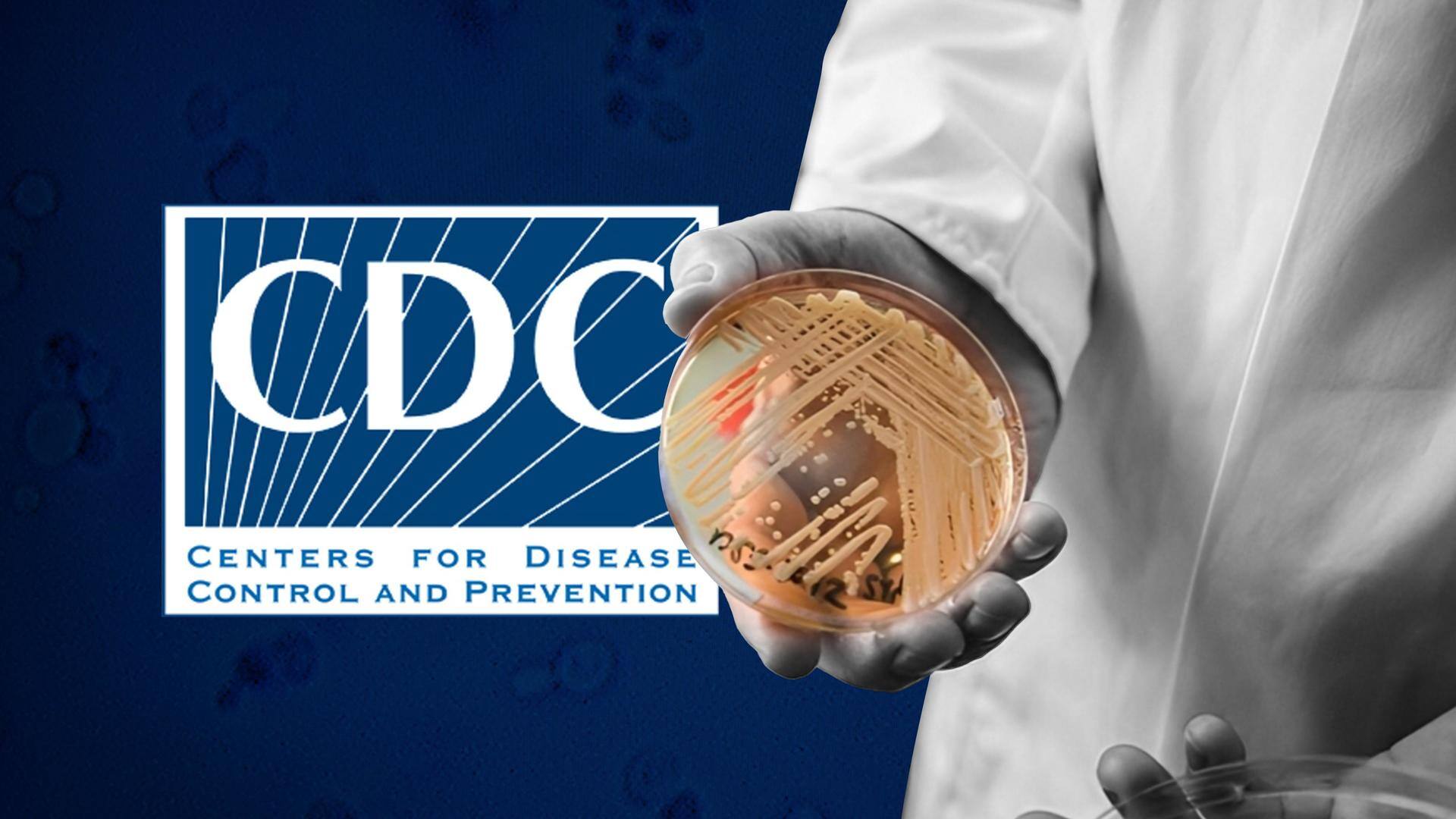
What is this new fungal disease spreading rapidly in US
What's the story
Here's a new infection that may have you worried as the United States of America reports an alarming increase in cases of Candida auris, an emerging fungus causing severe illnesses in people. According to the Centers for Disease Control and Prevention (CDC), this fungus poses a serious global health threat. Besides transmission, cases are being reported from new areas as well.
Meaning
What is Candida auris?
Candida auris or C. auris is a type of yeast fungus that can affect the functioning of the central nervous system and some internal organs in the human body. It can majorly cause wound infections, bloodstream infections, and ear infections. Although this fungus has also been found in respiratory organs and urine samples, healthcare experts are doubtful if they cause lung or bladder infections.
Complication
Do we need to worry?
As per CDC, there are three major reasons why we should be worrying about Candida auris. First, it is multidrug-resistant, which means that many top antifungal medicines have failed to mitigate or eliminate its effects. Secondly, it is way too complex to identify with standard laboratory methods. Misidentification can cause additional problems. And finally, it is spreading at a worrisome rate.
Symptoms
What are the most common symptoms of this fungal ailment?
The first and the most common signs of Candida auris are fever and chills that even do not vanish despite the consumption of antibiotic drugs. As per researchers, while this disease can share symptoms with other infections, the chances of misdiagnosis are high. Blood samples or a sample from an infection site may reveal further symptoms of this rapidly-increasing medical condition.
Transmission
How do you contract Candida auris?
Most cases of Candida auris have been reported in healthcare settings including hospitals, clinics, and nursing homes. Healthcare experts believe that one can contract this infection upon coming in contact with contaminated surfaces or a person who is already suffering from it. Its transmission rate is quite high and the folks at CDC reveal that they are also seeing cases with no human-to-human transmission.
Risk
Who is at risk?
C. auris can affect people of any age. However, people who work at or visit nursing homes/hospitals are at a major risk of contracting this fungal infection. So are the patients who have got tubes or lines including central venous catheters, breathing tubes, or feeding tubes inserted in their body. CDC also shares diabetes and surgery as other high-risk factors associated with this illness.
Dynamics
Where are the cases of C. auris being reported from?
According to CDC's data, more than 30 countries have reported cases of Candida auris. This includes the US, which is currently experiencing a high rate of total clinical cases of this disease. Texas has registered 160 cases of this disease, while Nevada has 384 in total. California, Illinois, New York, and Florida stand at 359, 276, 349, and 326 cases respectively.